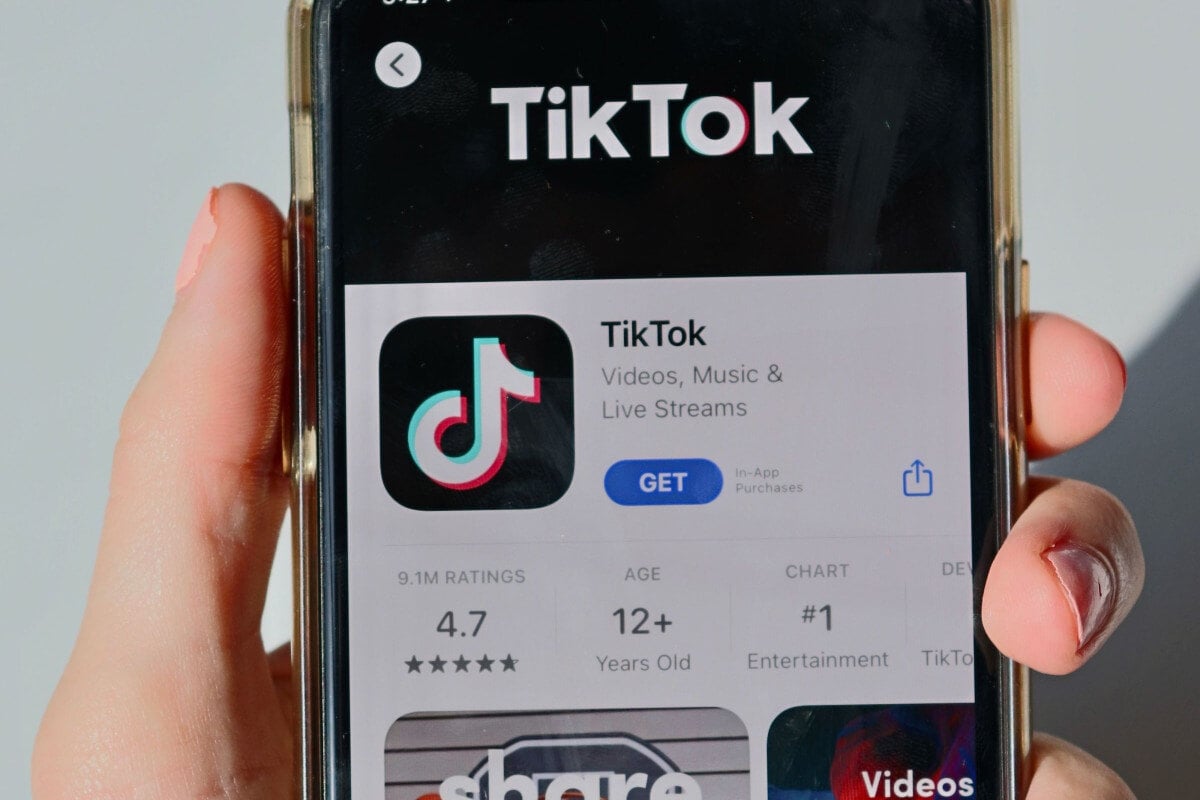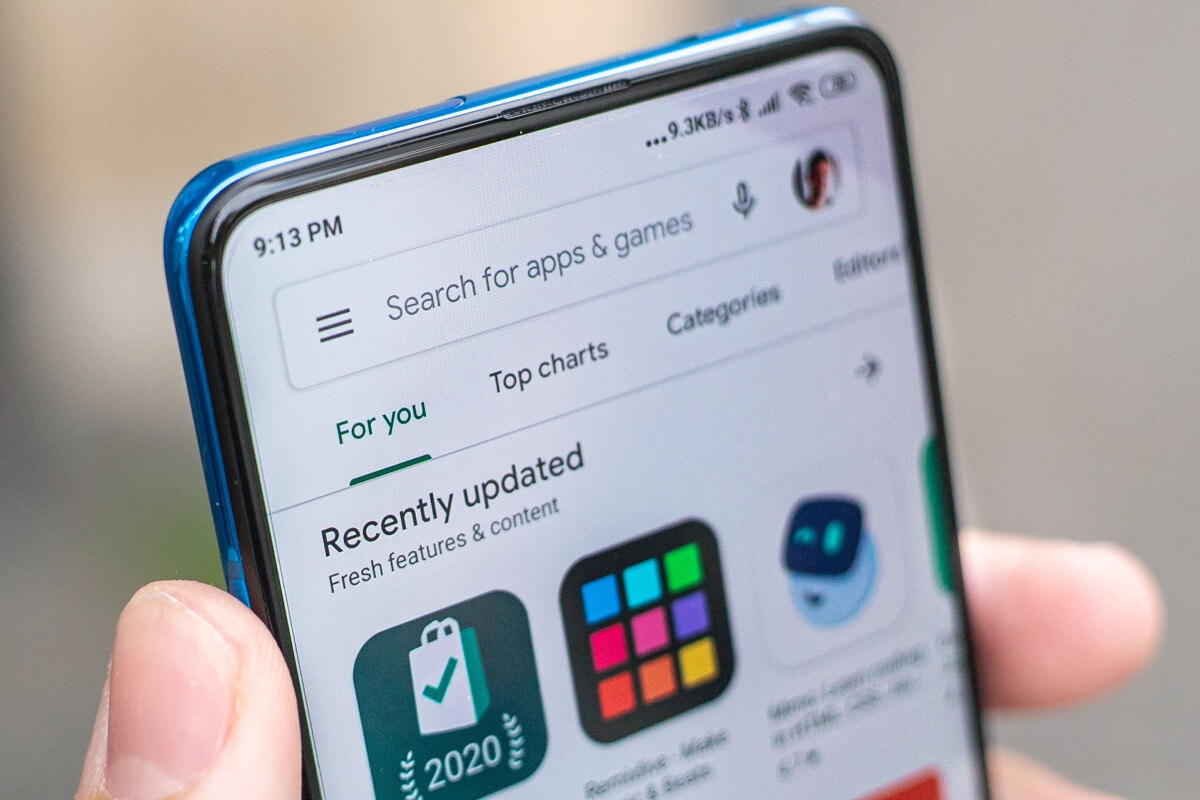20 min read
23 Strategies for Your Top 1% App Store Optimization Marketing Plan
In the consumer behavior-driven space of restaurants, c-stores, and retail outlets, a customized mobile app is crucial for improving your customers’...
Platform
What is Paytronix Guest Engagement Suite?
Combining online ordering, loyalty, omnichannel messaging, AI insights, and payments in one suite. Paytronix delivers relevant, personal experiences, at scale, that help improve your entire digital marketing funnel by creating amazing frictionless experiences.
A Complete Guest Engagement Suite
Online Ordering
Acquire new customers and capture valuable data with industry leading customization features.
Loyalty
Encourage more visits and higher spend with personalized promotions based on individual activity and preferences.
Catering
Grow your revenue, streamline operations, and expand your audience with a suite of catering tools.
CRM
Build great customer relationships with relevant personal omnichannel campaigns delivered at scale.
Artificial Intelligence
Leverage the most data from the most customer transactions to power 1:1 marketing campaigns and drive revenue.
Payments
Drive brand engagement by providing fast, frictionless guest payments.
Solutions
Paytronix Guest Engagement Solutions
We use data, customer experience expertise, and technology to solve everyday restaurant and convenience store challenges.
FlightPaths are structured Paytronix software onboarding journeys designed to simplify implementation and deliver maximum ROI.
Customer Success Plans (CSPs) are tiered service offerings designed to help you get the most from your Paytronix software, whether you prefer self-guided support or hands-on partnership.
Contactless Experiences
Accommodate your guests' changing preferences by providing safe, efficient service whether dining-in or taking out.
Customer Insights
Collect guest data and analyze behaviors to develop powerful targeted campaigns that produce amazing results.
Marketing Automation
Create and test campaigns across channels and segments to drive loyalty, incremental visits, and additional revenue.
Mobile Experiences
Provide convenient access to your brand, menus and loyalty program to drive retention with a branded or custom app.
Subscriptions
Create a frictionless, fun way to reward your most loyal customers for frequent visits and purchases while normalizing revenues.
Employee Dining
Attract and retain your employees with dollar value or percentage-based incentives and tiered benefits.
Order Experience Builder
Create powerful interactive, and appealing online menus that attract and acquire new customers simply and easily.
Loyalty Programs
High-impact customizable programs that increase spend, visit, and engagement with your brand.
Online Ordering
Maximize first-party digital sales with an exceptional guest experience.
Integrations
Launch your programs with more than 450 existing integrations.
Loyalty Programs
Deliver the same care you do in person with all your digital engagements.
Online Ordering
Drive more first-party orders and make it easy for your crew.
Loyalty Programs
Digital transformations start here - get to know your guests.
Online Ordering
Add a whole new sales channel to grow your business - digital ordering is in your future.
Integrations
We work with your environment - check it out
Tobacco Reporting
Comply with AGDC 2026 DTP Requirements
Company
We are here to help clients build their businesses by delivering amazing experiences for their guests.
Meet The Team
Our exceptional customer engagement innovations are delivered by a team of extraordinary people.
News/Press
A collection of press and media about our innovations, customers, and people.
Events
A schedule of upcoming tradeshows, conferences, and events that we will participate in.
Careers
Support
Paytronix Login
Order & Delivery Login
Resources
Paytronix Resources
Learn how to create great customer experiences with our free eBooks, webinars, articles, case studies, and customer interviews.
FlexPoint Service Catalog
Access FlexPoints are a cost-effective, flexible way to access our value-added services, to ensure you get greater impact from your Access software solution.
See Our Product In Action
E-Books
Learn more about topics important to the restaurant and c-store customer experience.
Reports
See how your brand stacks up against industry benchmarks, analysis, and research.
Blog
Catch up with our team of in-house experts for quick articles to help your business.
Case Studies
Learn how brands have used the Paytronix platform to increase revenue and engage with guests.
Unlock loyalty strategies that 3 out of 4 restaurants use to boost engagement by 40% without adding staff.
5 min read
Jan 15, 2025
If there’s a new restaurant serving up delicious food, a groundbreaking cooking device, or even a life-changing cookbook, but no one knows about it, how impactful are they really? The same goes for the digital sphere, where there are so many great restaurant and c-store innovations competing for attention that even the best struggle to stand out.
App store optimization (ASO) is a process by which apps become more visible by boosting their chances of appearing in an app store’s search results and ranking higher for specific search terms. Like search engine optimization (SEO), there are nuances to ASO, which appear complicated especially at first glance. Especially with a constantly changing algorithm, dealing with ASO alone feels particularly intimidating.
App store optimization tools exist to guide marketers and app developers toward greater online visibility. With valuable features like performance metric analysis and keyword optimization, they provide a real-time, granular view of how apps are performing. As a hospitality or retail industry app owner you then create actionable steps based on these insights for better results.
Given that digital competition rises in the business world every day, we decided to give you a rundown of five app store optimization tools and how to integrate them into your strategy.
ASO tools are any digital tool that serve to improve your app’s visibility in an app store, whether the Google Play store or Apple’s App Store. While some tools focus specifically on keyword optimization or sharpening your app store listing, others are comprehensive platforms with dozens of features.
Some people distinguish app store optimization software from app store optimization tools, with software being a more complete solution, while tools focus on one or two specific functions. The point of any type of solution is to track and optimize all aspects of your app store listings with the data to back up your decisions.
But what specifically can ASO tools do? Here are four such features:
The best ASO tools focus on some or all these areas: keyword research and analysis, performance monitoring, and visual optimization.
Curious to know more about each tool and what they do? Here’s a detailed review of each one:
|
Platform Name |
Focus |
Cost |
|
App Tweak |
Keyword performance and competitor analysis |
$79 - $549/month on annual plans |
|
App Radar |
Keyword ranking and opportunity |
€59 - €299/month ($63 - $317) on annual plans |
|
Split Metrics |
A/B testing, Apple Search Ads |
$0 or Custom Pricing |
|
AppFollow |
App reputation - KPIs, app reviews, semantics |
$0 - $359/month |
|
Store Mockups |
Visuals/screenshots |
$99 - $399/month |
Most ASO tools are multifunctional, which means it’s harder to choose one given their wide range of features. The rule of thumb is to identify what your app needs the most when it comes to marketing.
Is it discovering new keyword opportunities? Analyzing what your competitors are doing better? Or conducting A/B testing to see what elements of your listing could change? Your app’s primary area of focus guides your decision-making, ensuring the tool you choose performs that function well.
These platforms should seamlessly integrate into your existing toolkit so regular marketing processes like restaurant digital marketing are complemented rather than disrupted. This requires diligent thinking and planning, so write down your current processes, timelines involved in project completion, and budgets to avoid disruptive integrations or costly oversights.
As we’ve seen in the table, some of these tools can come at a cost, which means you’ll want to get the most out of them. To do so, be sure to stay updated on the app store landscape and keep an eye on your metrics so changes can be made instantly.
Cronometer, a health and nutrition tracking app, managed to stand out in the competitive fitness app market by using App Radar. Its many ASO features and team of app marketing experts came together to expand localization, optimize for keywords, create multiple A/B tests, and aggressively monitor analytics, and managed to gain a 41% ranking improvement, appearing in the top 100 apps.
Beyond the basics, ASO tools often include advanced functionality, including AI and automation. With automation, routine tasks no longer consume the bulk of your effort, while AI offers advanced insights into which actions drive the most engagement. These advanced features save time and improve effectiveness, making room for human functions like creative thinking.
While most of these tools are trustworthy and come with stringent data security and privacy standards, cloud-based ASO tools still require you to exercise caution. Because you need to provide access to sensitive data, you should always check for compliance with data protection regulations and review the permissions you’re allowing.
When it comes down to it, the right ASO tool aligns with not only your needs but your budget and your app’s propensity to scale. Ask yourself how much you’ll be able to invest each month, what your priorities are, and the specific sector you’re in.
For example, a food delivery app needs advice on localized keywords more so than an eCommerce store. A retail shop may want to analyze trends in reviews instead of monitoring real-time issues like restaurant delivery apps.
If you’re not using them already, ASO tools can deliver the results you dream of for your business. Goals, algorithms, and market trends change, which mean it’s worth evaluating your suite of platforms every so often. Optimizing your app means more than simply adding a new keyword or changing the format of your description—it’s about going deeper into your analytics and discovering new opportunities whenever possible.
If you run a convenience store, you can exemplify the true meaning of “convenience store” by downloading our eBook on How to Maximize Digital Ordering for Convenience Stores.
Want to further complement your app store optimization efforts? Book a demo now to learn more about our marketing automation and online ordering tools.

20 min read
In the consumer behavior-driven space of restaurants, c-stores, and retail outlets, a customized mobile app is crucial for improving your customers’...

19 min read
Improving your restaurant or c-store's app's performance is an ongoing journey that requires continuous testing, learning, and adapting. As B2C...

9 min read
When the Apple App Store launched in 2008, it popularized the concept of the app store (short for application store). Businesses were then able to...